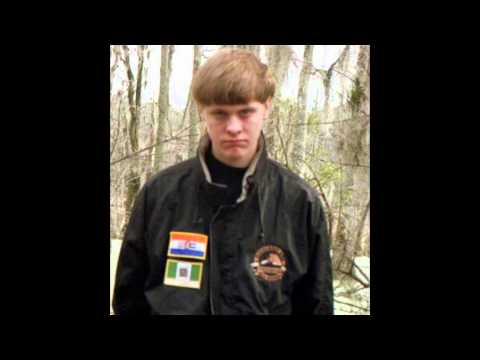The recent attack on a Charleston African-American church by a 21-year old white extremist, Dylann Roof, killing nine innocent worshipers at a Bible study meeting, raises the question of how to describe it. Was it a hate crime or an act of terrorism, or both? And if it was terrorism, was it part of an organized conspiracy or was it simply the act of a crazed individual—the so-called “lone wolf” terrorist?
Much of the news media and many politicians have quickly asserted that if it was terrorism, it was of the “lone wolf” type. This implies that we need not trouble ourselves with looking at the wider background, for this was simply a crazy act that could happen anywhere at any time for any reason. It also implies that there was no larger movement or audience to whom the killer was related, and for whom the act was intended to impress.
Yet this description seems woefully inadequate to describe the Charleston massacre, which was clearly meant to intimidate people—the basic definition of terrorism—and the racist apartheid patches on Roof’s jacket in his Facebook photo indicates that he identified with and wanted to impress other right-wing racists in the US, so he is hardly a lone wolf. Nor does the “lone wolf” characterization fit many of the other individual terrorist attacks in recent years.
Earlier this year it was the assault on the headquarters of a satirical magazine in Paris, Charlie Hebdo, by two Algerian brothers, Said and Cherif Kouachi, that was dubbed an act of “lone wolf” terrorism. Before that, there was the 2013 Tsarnaev brothers’ attack on the Boston marathon, the deadly assault on a Norwegian youth camp by Christian extremist Anders Breivik in 2011, the August 2012 attack on the Milwaukee Sikh Gurdwara by Wade Michael Page, the 2010 Times Square bombing attempt by Faisal Shahzad, and even earlier, the 1996 Atlanta Olympic park by Eric Robert Rudolph and the 1995 Oklahoma City Federal Building bombing by Timothy McVeigh.
Some of these were committed by Christians, some by Muslims, and some by those with no particular religious affiliation at all. Some had racist ideologies in mind, others were simply raging against society. In almost all cases, though, these have been instances where alienated individuals have struck back at a society that they thought had abandoned them. And they perpetrated their attacks in a way meant to impress a specific audience.
This is the most basic definition of terrorism, a public act of violence meant to be intimidating. What makes the terrorism of recent decades so striking is that they are seldom undertaken for strategic purposes—to gain territory or make demands—but are rather done for symbolic reasons. They are acts of violence meant to give the illusion of power, to intimidate one group of people and impress another.
Hence terrorist acts can be described as “performance violence.” A performance is done for an audience, or multiple audiences, to intimidate and impress. It makes no difference if the Kouachi brothers were members of an organized ISIS or al Qaeda network or not; they were clearly trying to impress their Algerian immigrant kinfolk and intimidate secular satirists over their portrayal of images thought to be humiliating to Muslims in general and French Algerians in particular.
Like the Kouachi brothers, the Tsarnaev brothers, Anders Breivik and others, Dylann Roof was part of a wider subculture of hatred. He likely thought of himself not as a terrorist but as a soldier in a great and hidden war, carrying out a mission on behalf of his support group. At age 15 Roof dropped out of high school and devoted his time to computer war games. Like many in his generation he thought of himself as a warrior in the fictitious wars of the computer games. But then he discovered another kind of secret war, one more real and deadly. One of Roof’s friends said that Roof had told him prior to the killings that he wanted to “start a race war.”
This sense of mission would help to explain why Roof told one of the women at the Charleston church that he “had to this,” to carry out this act of what he regarded as virtuous warfare and what we see as hideous terrorism. Timothy McVeigh, the Oklahoma City Federal Building bomber, said almost the same thing in regretting that innocent children were there when he “had to” carry out his awful act of bombing. Like Roof, McVeigh never showed remorse for conducting what he thought was a soldier’s duty in a grand, invisible cosmic war.
So it makes no difference whether or not Dylann Roof was a card-carrying member of the Aryan Nations or any other racist organization. He felt that he was a part of a great social struggle in which his acts would receive approval as if he had been a triumphant warrior. The white racist subculture of South Carolina provided just such a social context. Despite the racial gains achieved elsewhere in the United States in recent years, in South Carolina racism is thriving—it is one state where political leaders have not been able to stifle the state’s official displays of the Confederate flag—and Roof knew that his act would have an appreciative audience.
The history of African-American church bombings in the US have set a pattern of intimidation that gives context and support for Roof’s act. Far from being a “lone wolf,” therefore, the perpetrator of the Charleston massacre was not isolated. This terrible event was part of a sad, established history of white Christian terrorism in America.

